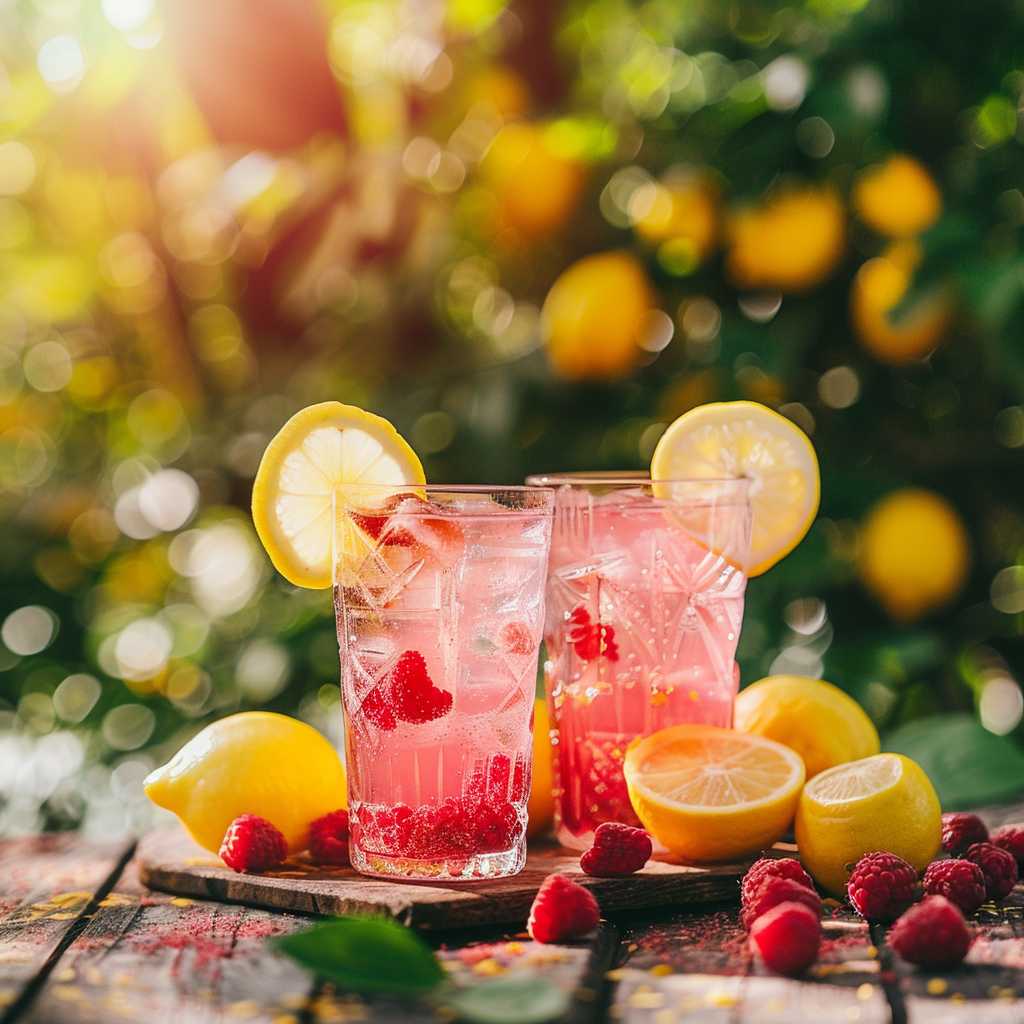The Origins and Rise of Pink Lemonade: A Refreshing Twist on a Classic Drink
Pink lemonade, a variant of traditional lemonade, has solidified its place in the pantheon of classic summer beverages. Its unique color and flavor variations have made it a staple at picnics, barbecues, and outdoor festivals. While seemingly a modern invention, the story of pink lemonade dates back to the 19th century, and its origins are as colorful as the drink itself.
The Mysterious Origins of Pink Lemonade
Pink lemonade’s history is marked by a mixture of folklore and entrepreneurial spirit. One legend claims that pink lemonade was first created by a circus concessionaire who, in a pinch to serve more customers, accidentally mixed his lemonade with red cinnamon candies, thus giving the drink its distinctive hue. Another tale attributes its creation to a circus worker, mistakenly adding red-colored water (used for cleaning stockings) to a batch of lemonade.
While these origin stories may sound far-fetched, they share a common theme—the innovative use of what was available at the time to create something new and appealing. One thing is clear: pink lemonade quickly became as much about the experience offered through its unique color as about quenching thirst.
The Science Behind the Pink Coloration
Despite the storied past, modern pink lemonade widely deviates from these accidental origins. Today, pink lemonade typically gets its color from added fruit juices or food dyes. Common natural colorants include cranberry, pomegranate, grapefruit, red berries, or grenadine, each imparting not only color but also an extra layer of flavor complexity. Artificially-colored versions might contain food dyes such as Red 40 or others as approved by local food regulation agencies.
Social Perception and Marketing Influence
Over time, pink lemonade has become symptomatic of summer celebrations. Food businesses capitalize on this seasonal surge by marketing the drink to evoke feelings of nostalgia and relaxation, emphasizing themes of time-honored tradition and family-friendly enjoyment.
Additionally, the popularity of pink lemonade can also be tied to its visual appeal. The color pink is often associated with joy, fun, and playfulness—all traits that marketers lean into when advertising pink lemonade.
The increased number of social events during summer months propels the demand for crowd-pleasing refreshments that are both familiar and novel; pink lemonade perfectly encapsulates these consumer desires by being both iconic and distinct.
Innovative Spins on a Beloved Beverage
In the realm of fancy cocktails and mixology, even pink lemonade has seen an evolution that parallels mainstream trends in sophisticated drinking habits. Chefs and bartenders have adopted the childhood favorite into gourmet creations by improvising with ingredients such as lemongrass, rosewater, and hibiscus—further enhancing its popularity across demographics.
Moreover, health-conscious consumers today lean towards variants that promise reduced sugar content or the use of organic ingredients. This wellness embrace invites brand formulations including variations sweetened with honey or agave syrup.
Instrinsically linked to outdoor leisure activities—a trend poignantly thriving in health-centric lifestyles—pink lemonade appeals not just through taste but also its connection to personal well-being and outdoor fitness pursuits like picnicking or beach volleyball.
Production and Commercial Availability
Modern production methods mean pink lemonade can be crafted en masse for widespread distribution. Large-scale brands offer various iterations of bottled or canned pink lemonade in grocery stores year-round. Technology has allowed producers to guarantee a consistent flavor profile and color consistency that meet customer expectations globally.
However, despite commercial availability, some aficionados still swear by homemade recipes passed through generations—boasting fresh-squeezed lemon juice mixed with vibrant natural tinctures crafted from ripe summer berries.
